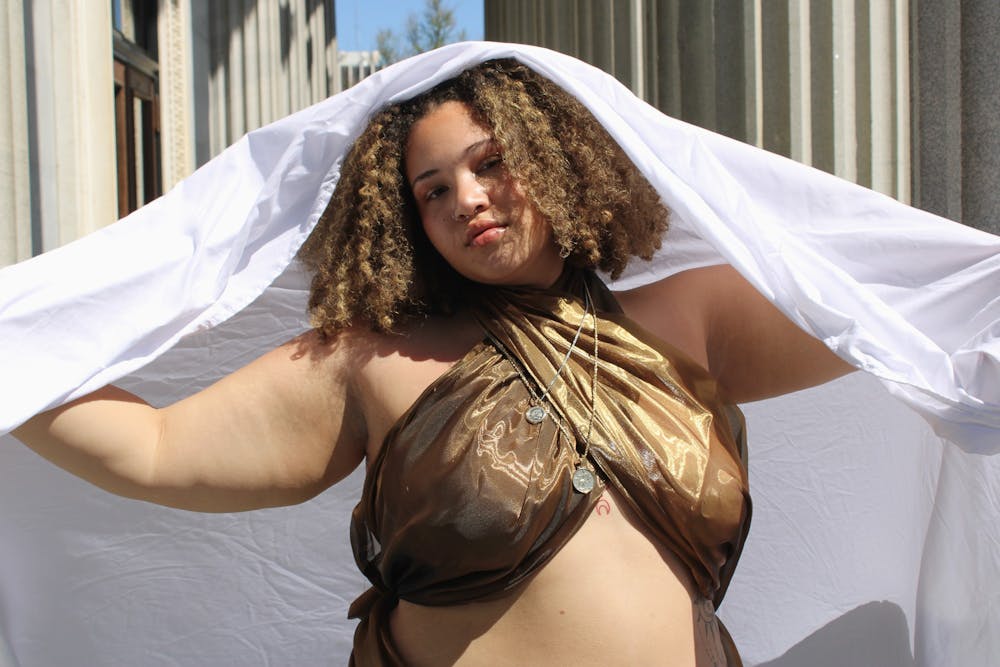Divine femininity is not a new concept, yet it has started to gain traction in more recent years. The idea of divine femininity focuses on feminine energy while going against patriarchal traditionalism. The concept of power is not to be associated or tied with gender, despite its common association; it's an energy that all people can harness within themselves. The words “divine” and “feminine” come together perfectly to form this beautiful idea revering the traits women, and non-women, have inherently shared with the world.
There are two forms of energy in this sense: feminine energy and masculine energy. Masculine energy is focused on assertion and thinking logically, while feminine energy adversely centers around intuition and creativity, but everyone has both. Everyone possesses both energies, but typically women possess more feminine energy while men possess more masculine energy, although this is not always the case. Since the beginning, masculine energy has been favored and revered over feminine energy, but this will be no more. Masculine and feminine energies should be put together as one to create perfect harmony. Feminine energy has often been undermined due to its association with perceived weakness, but in actuality, this was never the case. The ability to be partial and intuitive while facilitating growth in others is a strength that has contributed to the ever-growing society that is present today. While masculine traits have assisted in being assertive, the ability to be emotionally available and vulnerable is crucial for personal development. Masculine and feminine energies must be utilized together, and without the ability to nurture others and forgive those who have wronged us, people would not be able to move on and grow.
As mentioned before, masculine energy has been the more dominant of the two with our patriarchal past, but the history of divine femininity can be seen in a multitude of different cultures. Taking a look back through history we can see many examples of divinely feminine figures who exemplify divine femininity in different religions. The first examples are the Virgin Mary for Christianity, the goddess Aphrodite from Greek theology, the goddess Tara from Vajrayana Buddhism and the goddess Hathor of Egypt. These examples of figures who personify feminine energy all happen to be women, but you could go through all of history and pick out men who exemplified feminine energy and women who exemplified masculine energy; it is not about gender. The ideology of feminine power and energy goes back thousands of years, but it wasn't until recently that it started being studied and discussed; many individuals have taken it upon themselves to preach divine femininity and equality of both energies to create a balance of energy within oneself.
Divine femininity celebrates the beautiful qualities we possess that have not always been recognized in the past. The concept of divine femininity is important to acknowledge, and looking for it in your day-to-day life can lead to a balanced lifestyle.
Styled by Jase Leonard and Lauren Cole



